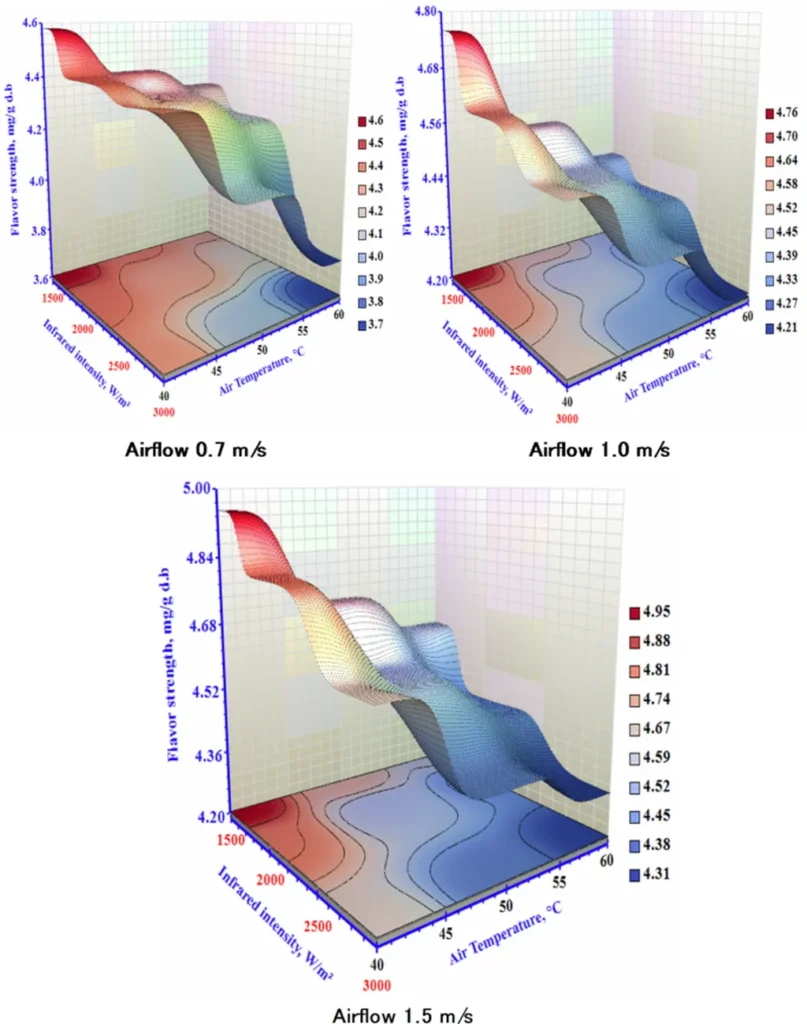In the heart of China, researchers are cooking up a storm—not in a kitchen, but in the realm of artificial intelligence and agriculture. Jia Liu, a computer scientist from the School of Computer and Data Science at Henan University of Urban Construction, has led a team that has developed a novel deep learning model to identify garlic leaf diseases with remarkable accuracy. Their work, published in *Frontiers in Plant Science* (which translates to *Frontiers in Agricultural Science*), could revolutionize how farmers monitor and control plant diseases, ultimately boosting agricultural productivity and profitability.
Garlic, a staple in cuisines worldwide, is not just a flavor enhancer but also a crop with significant economic value. However, its growth is often hampered by leaf diseases and pests, which can lead to substantial yield losses. Traditional methods of detecting these diseases are time-consuming and often lack precision. Enter Liu’s team, which has developed an integrated deep learning model called RTCB—short for ResNet18, triplet, convolutional block attention mechanism.
The RTCB model is a significant upgrade from the classic ResNet18 architecture. “We replaced the convolutional layers in the residual block with partial convolutions to improve computational efficiency,” Liu explains. “Then, we introduced triplet attention after the first convolutional layer to enhance the model’s ability to focus on key features. Finally, we added a convolutional block attention mechanism after each residual layer to improve the model’s feature perception.”
The results are impressive. The RTCB model achieves a classification accuracy of 98.90%, outperforming other state-of-the-art deep learning models like Efficient-v2-B0, MobileOne-S0, OverLoCK-S, EfficientFormer, and MobileMamba. “Our model not only has a faster computation speed but also higher recognition precision and stronger generalization ability,” Liu adds.
The implications for the agricultural sector are profound. With such high accuracy and efficiency, the RTCB model can be deployed in edge computing devices, enabling real-time disease monitoring and control in intelligent agriculture. This could lead to timely interventions, reducing crop losses and increasing yields.
The commercial impacts are equally significant. Farmers and agricultural companies can leverage this technology to optimize their operations, reduce costs associated with disease management, and ultimately increase profitability. “The proposed approach provides a scalable technical reference for the engineering application of automatic disease monitoring and control in intelligent agriculture,” Liu notes.
As the world grapples with the challenges of feeding a growing population, innovations like the RTCB model offer a glimmer of hope. By harnessing the power of deep learning and attention mechanisms, researchers are paving the way for smarter, more efficient, and more sustainable agricultural practices. The future of farming is here, and it’s looking deliciously promising.

